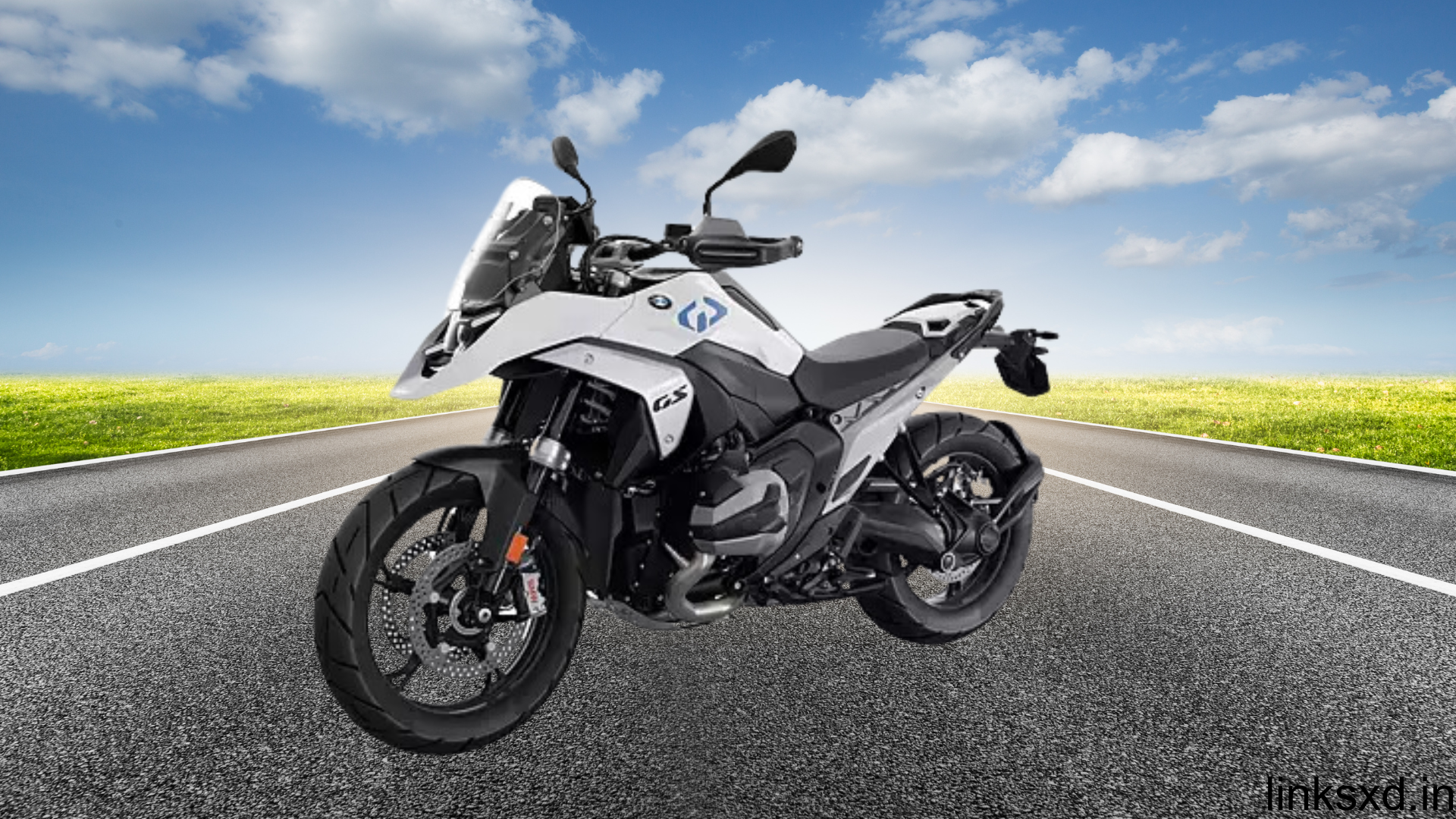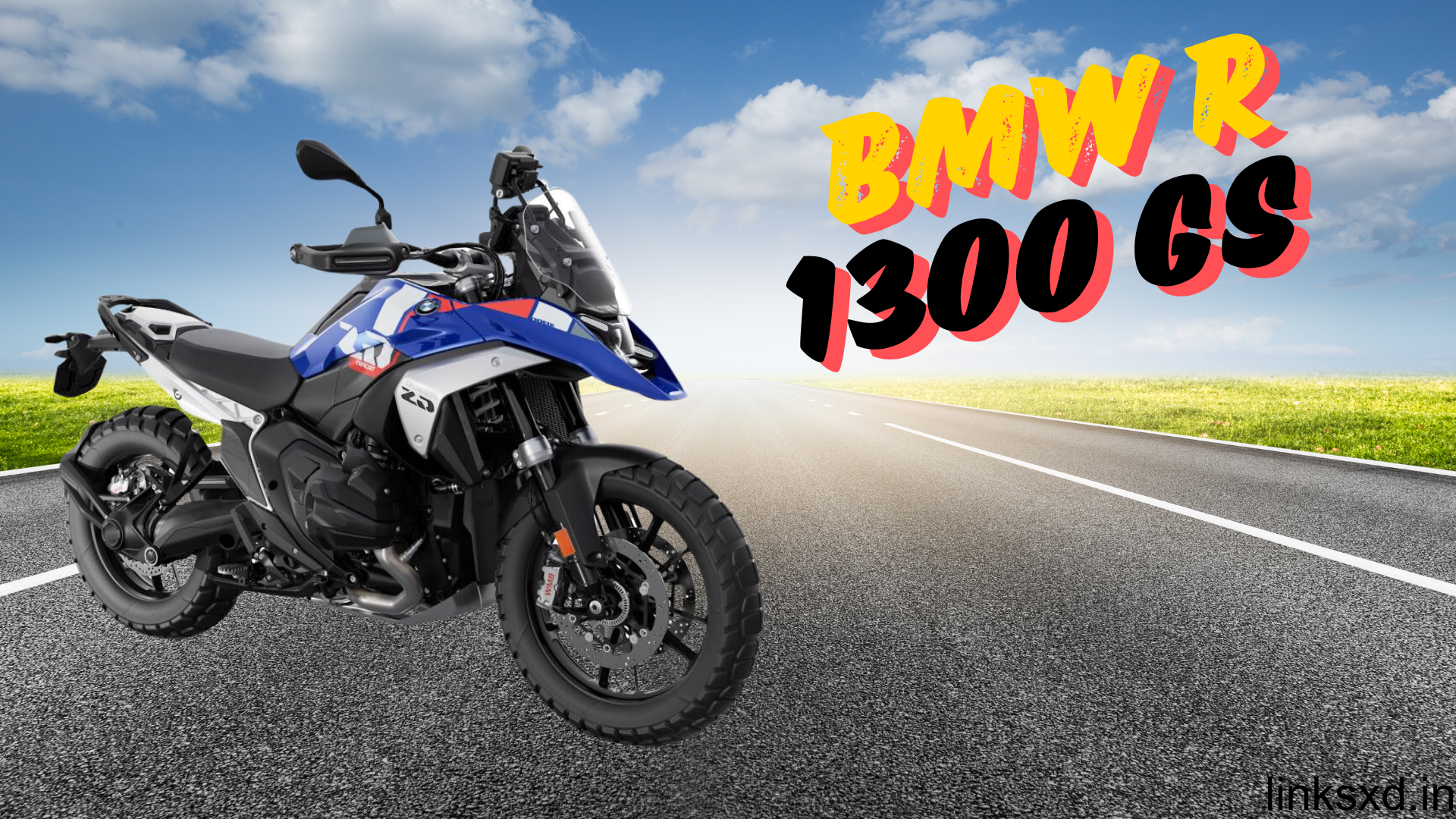BMW R 1300 GS
BMW’s all-new 1300 GS excels at adventure touring, capable of covering long distances effortlessly. Additionally, its more powerful, torqueier and lighter than the 1250 it replaces.BMW R 1300 GS
The BMW GS has undergone a complete transformation with its previous tubular steel chassis being swapped out for a compact pressed steel shell with cast aluminium subframe and new shaft drive system that reduces losses by aligning shaft rotation with engine torque fluctuations and aligning shaft drive with shaft rotational velocity variations.BMW R 1300 GS
BMW R 1300 GS Power
The new 1300 GS feels sportier and more eager for adventure than its 1250 counterpart. This can be attributed to its lighter weight, semiactive suspension responding better in Road Mode, and reduced seat height for shorter riders at slower speeds.
Weight savings have also been realized with the new engine design. The massive Boxer motor has been completely revamped and compacted, now featuring the transmission below it for optimal weight savings. It retains all the power and torque of its predecessor motor – it even uses that engine spec – but feels more free and responsive, particularly in Dynamic mode.
The 1300 GS offers Boxer owners of recent years an unprecedented freedom in its revving capacity, and is sure to leave them grinning from ear-to-ear as you climb mountains, chew up cars and speed around corners on its journey downhill. However, high speed riding may not always be ideal with this motor, and more laidback models such as 1250 may offer greater relaxation for you as an experience rider.

BMW R 1300 GS Torque
An engine that delivers impressive peak power is important, but BMW took great pains to ensure their new R 1300 GS has excellent torque throughout its entire power band.
This results in a bike that’s suitable for both long distance touring and sporty runs on twisty roads. We were particularly impressed with how smoothly and predictably its engine performed during our test rides in Malaga; never felt stressed at highway speeds and happily spun up its rear wheel when taking tight corners.
Modular engine design adds further versatility, and provides plenty of independent specification options. There are multiple packs, bundles and optional extras (with prices still to be disclosed) such as two-way quickshifters, cornering headlights, luggage carriers, radar sensors and various seat configurations – creating an extremely customizable motorcycle for any adventure imaginable.BMW R 1300 GS
BMW R 1300 GS Fuel Economy
The new BMW GS uses the same liquid-cooled boxer engine as its predecessor, with changes made to increase torque at lower revs and broaden its bottom end delivery. While its ShiftCam valve train remains unchanged, BMW has added an additional mid-range thrust mode.BMW R 1300 GS
The chassis and suspension were also overhauled from scratch, including replacing a steel trellis frame with a die-cast aluminum subframe that offers greater rigidity while offering smaller dimensions.BMW R 1300 GS
The bike weighs in a full pound less than the 1250, thanks to lighter components and a smaller fuel tank. Furthermore, its ride height has also been decreased by half an inch for greater maneuverability on the road and an aggressive look similar to an RS. Standard features of the GS include sport windshield, wide handlebars, slim passenger seat with functional grab handle as well as state-of-the-art LED headlamps with function integrated turn indicators; for added comfort seating and center stand options see Triple Black version.BMW R 1300 GS
BMW R 1300 GS Design
BMW’s flagship motorcycle, the GS has always been an impressive sight and this new version is no different. While bigger than before, its feel and handling feel different. Additionally, its chassis has been transformed with all-new components including press sheet metal mated to an all-aluminum subframe which not only lightens it considerably but also stiffens up for greater stability and riding precision.BMW R 1300 GS
BMW has updated the front and rear suspension systems with upgrades to both their Telelever system, known as Evo Paralever, and what they refer to as Evo Paralever in order to enhance traction and agility. Evo Paralever uses steel flex plates instead of traditional ball joints, thereby creating what BMW claims is a more rigid connection with the frame, while still permitting increased wheel travel.BMW R 1300 GS
The engine has been modified with larger bore and shorter stroke to give it the same 9,000-rpm rev limit as its predecessor while boasting 143bhp peak output. Dynamic mode can deliver an exciting midrange rush while highway driving yields much smoother acceleration that BMW claims delivers better mpg figures.

BMW R 1300 GS Value
The R 1300 GS isn’t cheap; however, it is an advanced adventure bike with multiple options and no pricing details yet released for their extras.
The GS’s 145 horsepower peak may not appear particularly remarkable on paper, but when used in dynamic mode it feels much stronger up in the rev range and will easily devour cars, climb mountains and chew up gravel roads with ease.
And the new GS is an easier ride as well, providing greater comfort for riders of all shapes and sizes, being agile in slow-speed maneuvers, having a lower center of gravity and having more upright riding position with larger legroom. Furthermore, its LED headlight features an X-shaped matrix of lights for increased back, knee, and bum comfort as well as turnsignals built directly into its handguards – all these factors making the new GS more appealing than ever to a wider range of riders – something BMW hopes for.BMW R 1300 GS



